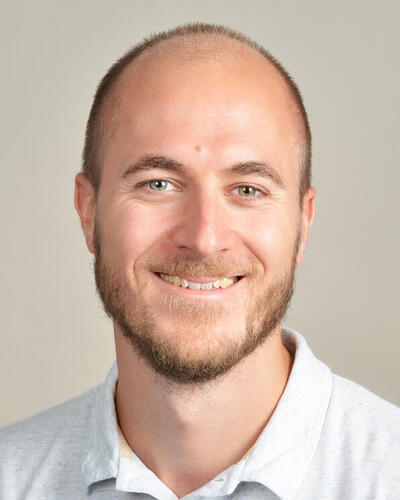Oral appliances to treat obstructive sleep apnea
Professor Anders Johansson, Professor Morten Berge, PhD: Ulrik Leidland Opsahl, Kjersti Gjerde
Main content
Background: Obstructive sleep apnea (OSA) is characterized by recurrent respiratory disturbances and decreased oxygen saturation during sleep, and is associated with several comorbid diseases such as cardiovascular disease, diabetes, asthma and premature death. Simultaneously, OSA is associated with subjective symptoms such as daytime sleepiness, headache, decreased daytime and cognitive function.
Continuous positive airway overpressure (CPAP) is currently the first choice in the treatment of OSA. Treatment with CPAP has shown optimal treatment effect, but moderate treatment adherence. Oral appliances currently serve as the second line treatment, and are offered to patients who fail CPAP therapy. In general, oral appliances offer adequate treatment effect for many patients, but inferior to CPAP measured in reduction of apneic events. However, treatment adherence with oral appliance therapy has been shown to be superior compared to CPAP.
Previously, it has not been possible to measure objective compliance with oral appliances, but this will be important in order to compare oral appliance therapy with CPAP. At the same time, it is important to improve the treatment effect of oral appliance therapy, and try to identify patients who respond and does not respond to the treatment prior to treatment start, so most patients will achieve optimal treatment effect faster.
These are research questions which this research group is currently working on.
Research projects:
- Objective measurement of treatment compliance with oral appliances - Kjersti Gjerde, Morten Berge, Sverre Lehmann, Anders Johansson
- Acoustic pharyngometry to improve treatment of obstructive sleep apnea with oral appliances - Ulrik Leidland Opsahl, Morten Berge, Sverre Lehmann, Bjørn Bjorvatn, Anders Johansson


